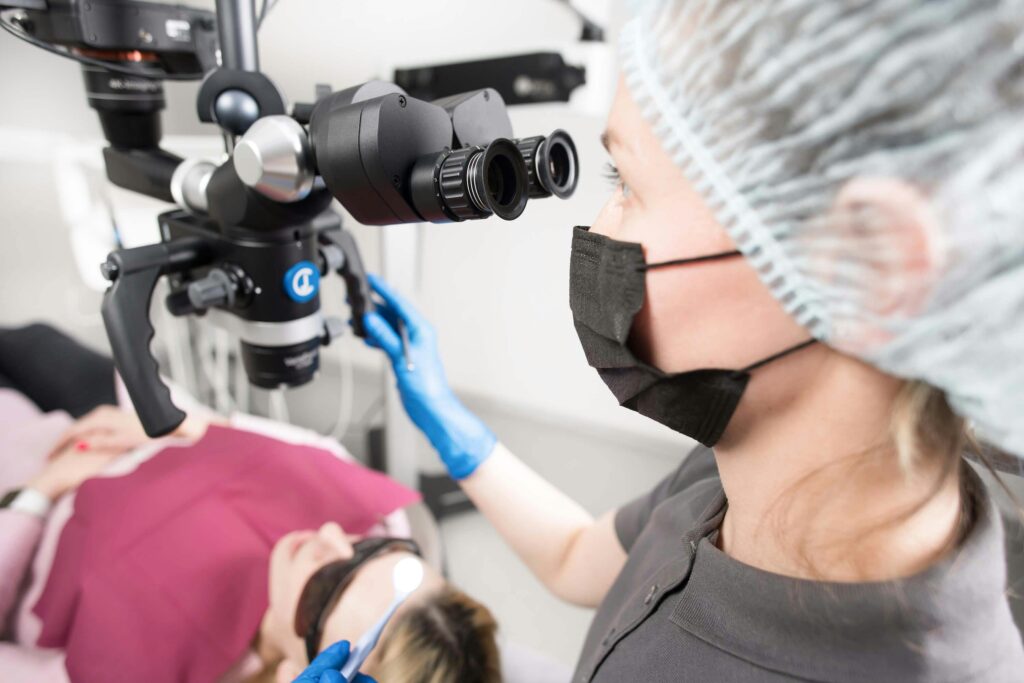Going to the dentist can be intimidating or scary for many people. The buzzing sounds, the X-ray machines, the big chairs – it can all be a little overwhelming. If you know what you’re in for, though, your experience will be much easier to handle.
People have to visit their dentists for all sorts of reasons, but there are a few common procedures that everyone should know.
Fillings: Dental fillings are one of the most common procedures to restore decayed or injured teeth. Teeth decay occurs due to acid produced by bacteria and it eats up the enamel of the tooth.
During a filling, a dentist removes all the decayed parts of the tooth and fills it up with a good filling material like composite resin.

What to expect during and after the procedure:
- The dentist will first numb the area of the mouth. Numbing will be done with a gentle local anaesthetic injection.
- Once it is numb, the dentist will remove all the decay from the tooth with the help of their tools.
- After cleaning the tooth thoroughly the dentist will put the filling material in the tooth pack it and shape it properly.
- Then the dentist will shape and polish the tooth properly so that you do not feel uncomfortable with the tooth.
- You won’t experience any pain or discomfort after the filling. And if you do you have to visit your dentist again to get it checked.
Fillings not only restore the damaged tooth structure but also prevent any further damage to your tooth.
Root canal treatment: Root canal treatment is done when you have decay to the level of your tooth pulp. When a tooth is cracked or has a deep cavity it can make the bacteria enter the pulp tissue and may cause pain and swelling. But the good thing is Root canal treatment can save your tooth.
What to expect during and after the procedure:
- Root canal visits can vary from one to three visits.
- During treatment, any affected tooth area is cleaned under anaesthesia.
- Then he/she will clean the canals and remove the infected pulp tissue.
- Then those clean dried canals will be filled up with a special filling material of the canals.
- And the tooth is filled up with a filling material. This entire procedure can vary up to three sessions depending upon many factors.
- During the treatment or before the start your dentist might advise you an antibiotic cover.
- Once the treatment is complete your dentist might advise you to get a crown on your root canal-treated tooth.
Root canals are the most common treatment option to save a tooth from extraction.

Crowns: Tooth crowns are a restorative procedure done on decayed, broken down, badly shaped or root canal-treated teeth. They are special covers for teeth made from different types of materials. Crowns are made up of porcelain, zirconia, metal or porcelain fused to metal crowns. Crowns are also used to cover any cosmetic flaws in your teeth.
What to expect during and after the treatment:
- The dentist will first remove any decay and then reduce the size of the tooth with the help of dental tools.
- Then the dentist will take a mould of your teeth’ shape and size (dental impressions). The shade will be decided.
- Then your crown will be ready as soon as possible
- The dentist will cement the crown with a special dental material.
Crowns are custom-designed to fit over your teeth, restoring their shape size and strength, while also enhancing their appearance.
By familiarising yourself with common dental procedures, you empower yourself with knowledge and can make informed decisions about your oral health. Remember, these procedures are routine for dental professionals, and advancements in dental technology have made them more comfortable and effective than ever. So next time you’re sitting in the dentist’s chair, you can relax a little, knowing what to expect.
